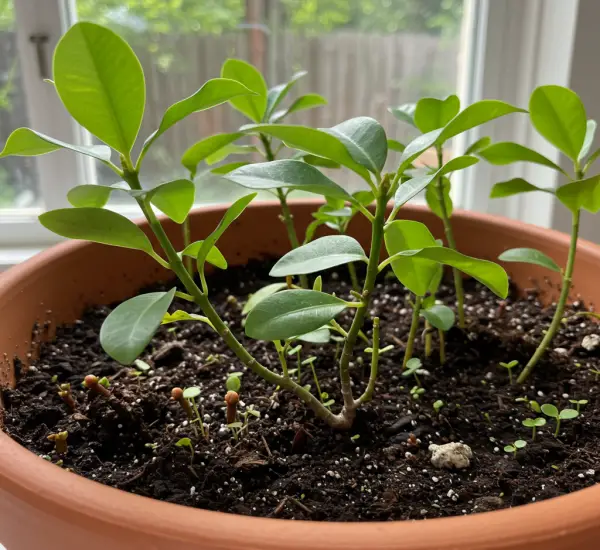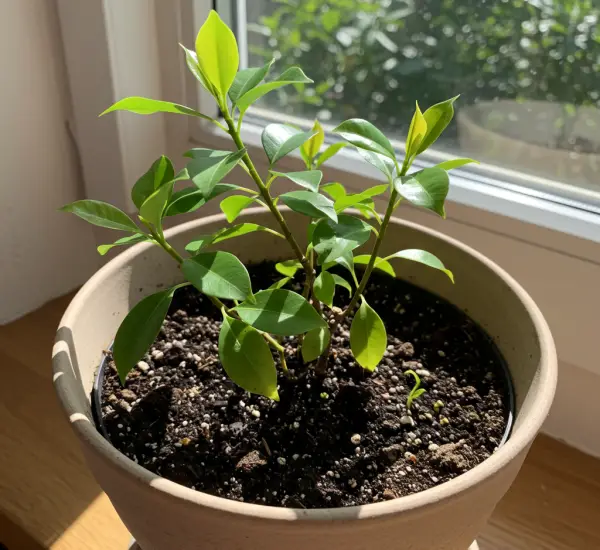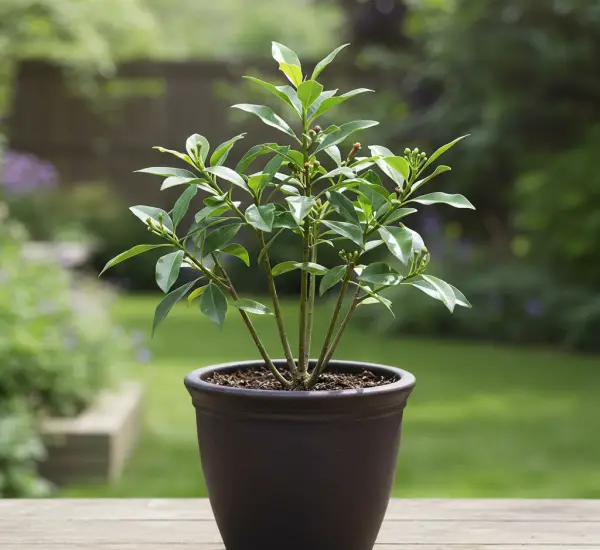Keeping Your White Clothes Bright Without Bleach: The Secret’s Out!
Maintaining bright white clothes can be challenging, but the secret to success might surprise you: it’s not bleach! Many people reach for bleach when trying to restore the whiteness of their garments, but there are better, safer, and more natural alternatives. In this article, we’ll explore some effective, eco-friendly methods that allow you to keep your clothes bright and white, without resorting to harsh chemicals like bleach.
Why Avoid Bleach?
Bleach is often seen as a quick solution to whiten clothes, but it can have several drawbacks. While it’s effective at removing stains and brightening fabrics, it can also damage clothes over time. Frequent use of bleach weakens fabric fibers, making them prone to tearing and wear. Additionally, bleach is harmful to the environment, contributing to water pollution and posing health risks. Thankfully, there are natural solutions that work just as well, without the negative side effects.
5 Natural Alternatives to Bleach
Here are five natural and affordable ways to whiten clothes, keeping them bright without compromising on their quality or harming the environment:
1. White Vinegar
White vinegar is an incredibly versatile product when it comes to household cleaning, and laundry is no exception. Its natural properties help break down dirt and grime while also acting as a fabric softener. Best of all, vinegar is gentle on fabrics, making it ideal for those with sensitive skin or allergies.
How to Use White Vinegar:
- Add ½ to 1 cup of white vinegar to your regular detergent during the washing cycle.
- For stubborn stains on collars or underarms, apply white vinegar directly to the stained area and let it sit for an hour before rinsing.
Vinegar also works well in combination with other natural ingredients, like lemon juice, to give clothes a fresh, clean scent.
2. Baking Soda
Baking soda is a household staple known for its deodorizing and stain-fighting abilities. It’s an inexpensive, non-toxic way to remove tough stains and odors, while also softening fabrics.
How to Use Baking Soda:
- Add ½ cup of baking soda to your regular detergent when washing white clothes.
- For spot treatment, mix baking soda with lemon juice and apply it directly to the stain.
According to a study from the University of Azuay, the combination of baking soda and vinegar can be an effective alternative to commercial detergents, making it perfect for eco-conscious households.
3. Hydrogen Peroxide
Hydrogen peroxide is a powerful whitening agent that’s commonly used as a bleach alternative. It works well on white clothes and is particularly effective at removing stains. Unlike chlorine bleach, hydrogen peroxide is much gentler and safer to use on fabrics.
How to Use Hydrogen Peroxide:
- Add ½ cup of hydrogen peroxide to your washing machine during the wash cycle.
- For tougher stains, apply hydrogen peroxide directly to the fabric before washing.
Hydrogen peroxide is also a great disinfectant, making it a dual-purpose product for keeping your clothes not only bright but also bacteria-free.
4. Lemon Juice
Lemon juice is another natural ingredient that can brighten white clothes. Known for its astringent properties, lemon juice can help lift stains and deodorize fabrics. While its stain-removing power is somewhat limited compared to other natural ingredients, it works wonders when paired with methods like sun-drying.
How to Use Lemon Juice:
- Boil water and add a few slices of lemon. Soak the clothes in the lemon water for about an hour before washing as usual.
- You can also mix lemon juice with salt and a little soap to create a pre-treatment solution. Apply it to stained areas before washing and then dry the clothes in the sun for best results.
Lemon juice not only helps with whitening but also leaves clothes smelling fresh and clean.
5. Milk
It may sound unusual, but milk has been traditionally used to whiten delicate fabrics. Milk proteins can help lift dirt and stains, leaving your clothes looking brighter. This method works best on lightly soiled garments and delicate fabrics, rather than heavily stained clothes.
How to Use Milk:
- Soak the garment in a bowl of milk for a couple of hours.
- Rinse the garment thoroughly and wash as usual.
While milk isn’t as powerful as other options, it’s a great choice for delicate whites, such as lace or fine linens.
Pro Tips for Keeping Your Clothes White
In addition to these natural whitening methods, there are a few extra steps you can take to ensure your white clothes stay bright and fresh:
- Separate Whites from Colors: One of the simplest but most effective tips is to always wash your whites separately from colored garments. Even light-colored clothes can bleed dye onto whites, leaving them dull and discolored.
- Use the Right Water Temperature: Using warm or hot water can help dissolve detergents more effectively, leading to better cleaning results for white clothes. However, be cautious with delicate fabrics that may shrink in hot water.
- Sun-Dry Your Clothes: After washing, hang your clothes to dry in the sun. The ultraviolet rays help naturally bleach fabrics, keeping whites looking bright. Just be mindful not to leave clothes out for too long, as excessive sun exposure can weaken the fabric.
- Avoid Fabric Softeners: Fabric softeners can leave a residue on clothes, dulling their appearance over time. Instead, opt for white vinegar, which softens clothes without leaving a residue.
- Use Borax or Baking Soda: If your whites are particularly dingy, adding a little borax or extra baking soda to the wash can help boost the whitening power of your detergent.
What to Avoid When Washing Whites
While these natural methods can keep your whites looking fresh, there are some things you should avoid to prevent discoloration or damage to your garments:
- Avoid Chlorine Bleach on Certain Fabrics: Chlorine bleach can react with synthetic fabrics, such as polyester, causing them to turn yellow over time. It’s best to stick to natural alternatives for synthetic fabrics.
- Be Cautious with Perfumes and Deodorants: Many perfumes, deodorants, and other personal care products contain chemicals that can stain fabrics, especially white clothes. To prevent yellowing, try to avoid direct contact between these products and your clothes.
- Check Your Water Quality: If you have hard water, it may contain minerals that can leave stains on white fabrics. Installing a water softener or using distilled water for laundry can help combat this issue.
Conclusion: A Greener Way to Whiten
You don’t need to rely on harsh chemicals to keep your clothes looking pristine. By using natural ingredients like white vinegar, baking soda, lemon juice, and hydrogen peroxide, you can effectively whiten your clothes without damaging them or harming the environment. These simple, eco-friendly solutions not only preserve the quality of your garments but also reduce your ecological footprint. So, the next time you’re faced with stubborn stains or dingy whites, reach for one of these natural alternatives—you might be surprised at how well they work!




